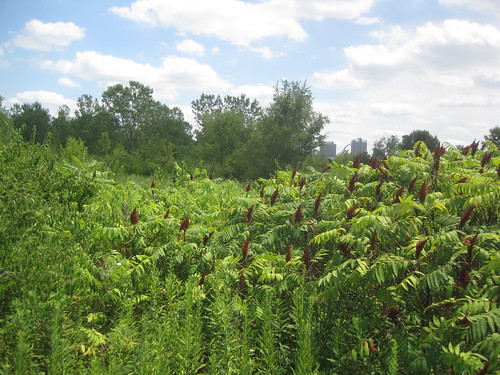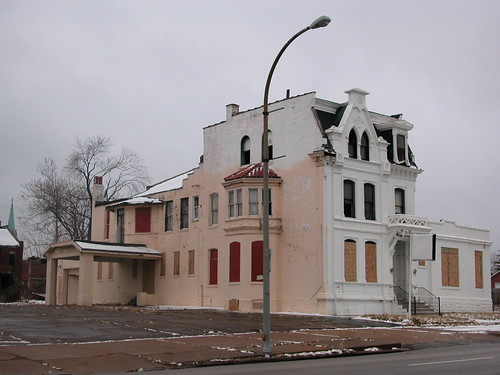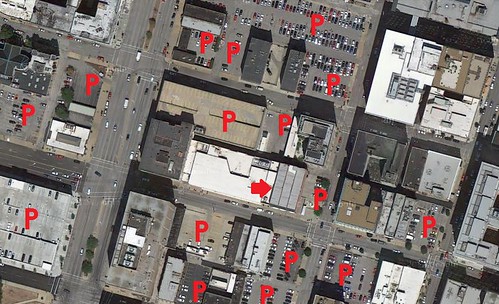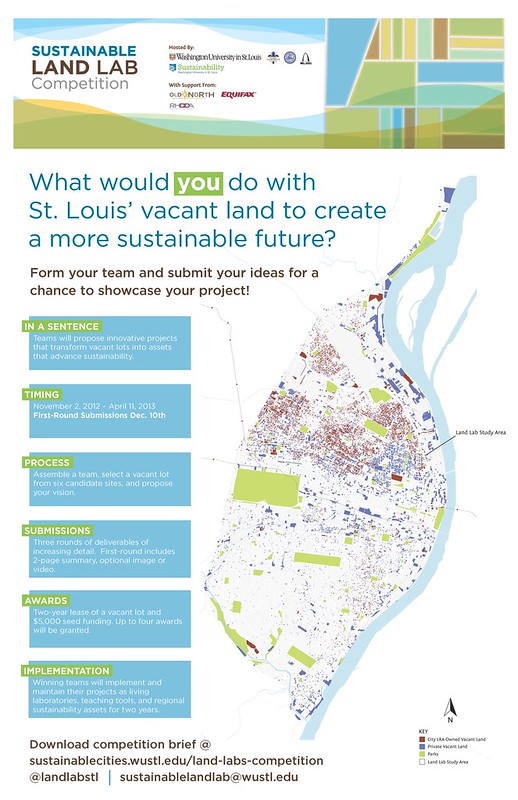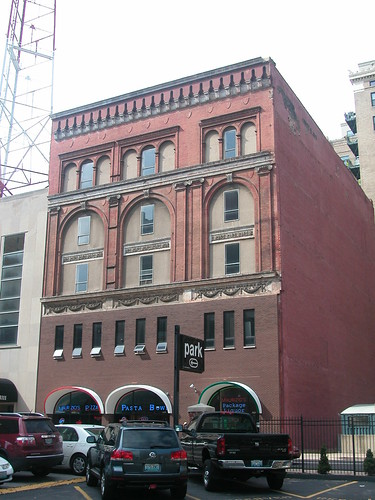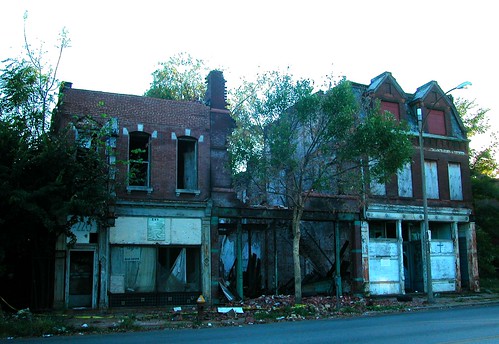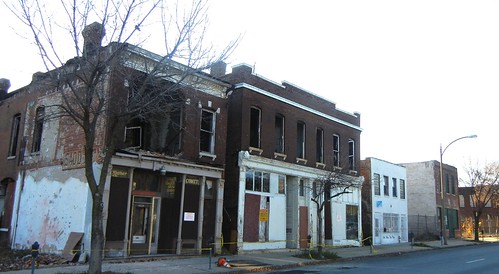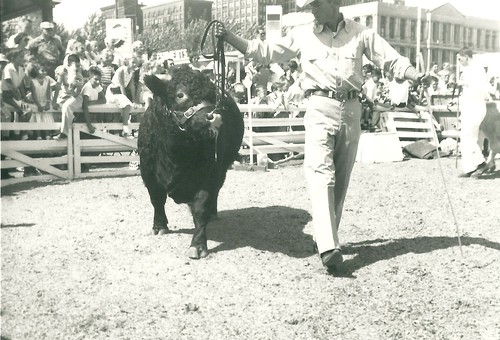 Pruitt-Igoe: Why This, Why Here?
Pruitt-Igoe: Why This, Why Here?
Reception and Talk: Friday, November 16, 2012 — 5:00 p.m.
Show on view through November 23, 2012
Steinberg Hall Gallery, Washington University in St. Louis
Pruitt-Igoe: Why This, Why Here? highlights the continuous interest among communities, academic groups, and professional groups in the aftermath of the demolition of 33 high-rise Pruitt Home and Igoe Apartment buildings in St Louis between 1972 and 1977. The exhibition features finalists’ work from Pruitt Igoe Now, an ideas competition that gained momentum in spring 2012, garnering 346 responses that re-imagined the future of the 33-acre forested vacant Pruitt-Igoe site. Pruitt Igoe Now was launched by Michael Allen of St. Louis’ Preservation Research Office and Nora Wendl of Portland State University in July 2011; the jury included Bob Hansman, associate professor of architecture at Washington University. The open call for responses incited productive cross-disciplinary collaborations among the design and professional community worldwide.
The exhibition also foregrounds the collaboration of urban design and landscape architecture students in a design studio format at Washington University. Taught by assistant professors Patty Heyda and Natalie Yates, “Pruitt-Igoe Past-Futures” uncovered complexity and layered understanding of the call for response by examining the then, the now, and the future of the charged context.
In conjunction with the exhibition, Michael Allen will deliver the talk “The Promises of Pruitt-Igoe” at 5:00 p.m., November 16, followed by a reception.
